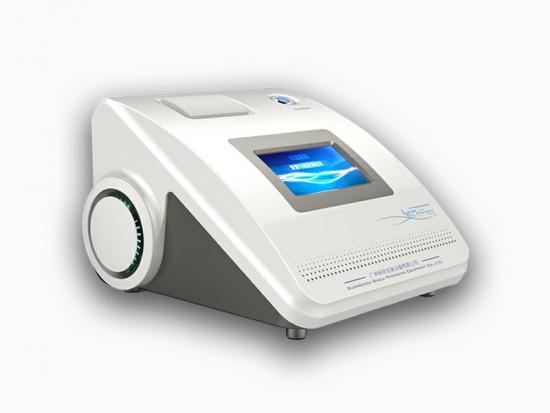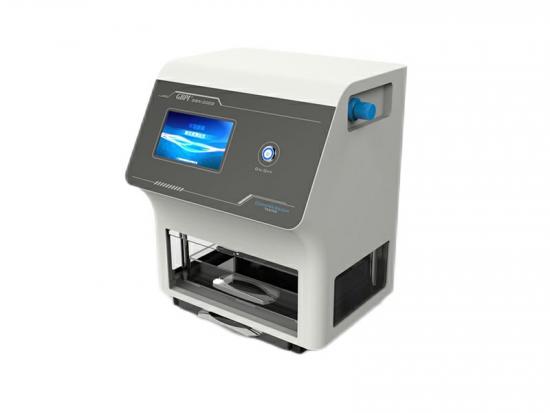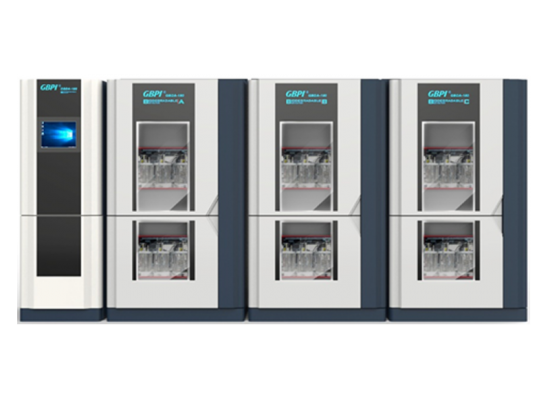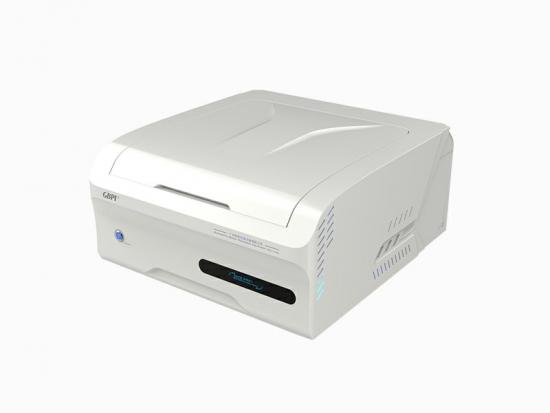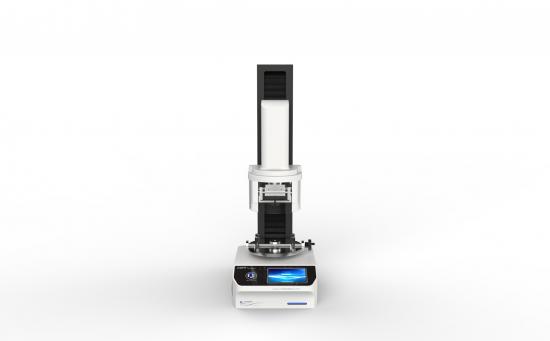In order to ensure the effectiveness of packaging products, it is required to have good barrier performance, which is measured by an important indicator is the water vapor transmission rate (amount). There are many testing standards on water vapor transmission rate (amount) at home and abroad, of which the following are the common testing standard methods.
ISO 15106-2 - Plastics -- Film and sheeting -- Determination of water vapour transmission rate -- Part 2: Infrared detection sensor method
ASTM F1249 - Standard Test Method for Water Vapor Transmission Rate Through Plastic Film and Sheeting Using a Modulated Infrared Sensor
TAPPI T557 - Water vapor transmission rate through plastic films and sheeting using a modulated infrared sensor
ISO 2528 - Sheet materials -- Determination of water vapour transmission rate -- Gravimetric (dish) method
ASTM E96 - Standard Test Methods for Water Vapor Transmission of Materials
ASTM D1653 - Standard Test Methods for Water Vapor Transmission of Organic Coating Films
TAPPI T464 - Water Vapor Transmission Rate of Paper and Paperboard at High Temperature and Humidity
ISO 15106-3 - Plastics -- Film and sheeting -- Determination of water vapour transmission rate -- Part 3: Electrolytic detection sensor method
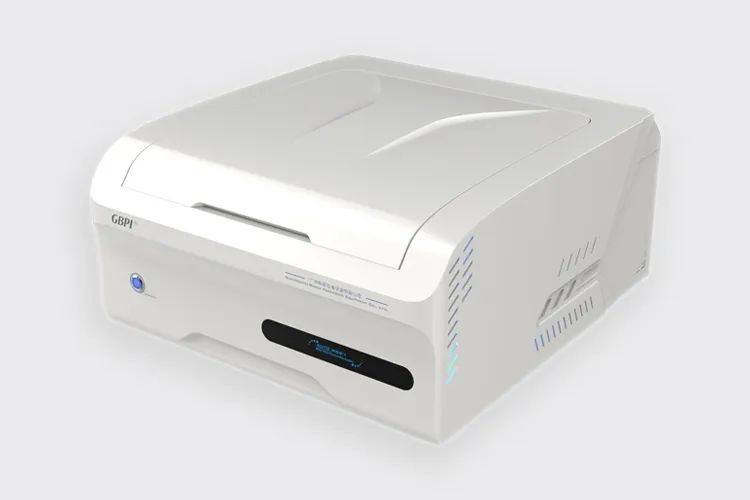
W900 Gravimetric Method Vapor Transmission Rate Tester
1.Analysis from the principle of the test method
Visible film water vapor transmission rate (amount) detection methods are mainly divided into two categories, respectively, the gravimetric method and the sensor method.
The gravimetric method (also known as cup method) is divided into two types of weight gain method and weight loss method, which detects the weight change of the moisture vapor transmission cup. Electrolysis analysis method and infrared detector method belongs to the sensor method, which, the principle of electrolysis method refers to the electrolysis of water vapor encountered electrodes for hydrogen and oxygen, through the electrolysis current to calculate a certain period of time through the unit area of the sample water vapor transmission rate (amount); infrared method is the principle of water vapor from the high humidity cavity through the sample penetration to the low humidity cavity, the electrical signal generated by the carrier gas transmitted to the infrared detector to calculate the water vapor permeation rate (amount).
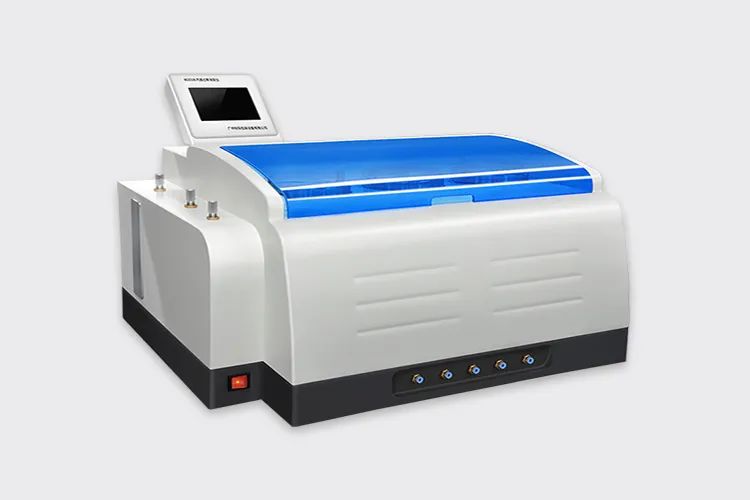
W203 electrolytic method water vapor transmission rate tester
According to the three national standard methods on the choice of test conditions, the consistent conditions contained in the temperature of 38 ℃, 90% humidity. At the same time, the meaning of the definition of the amount of water vapor transmission (rate) is also consistent, the unit are g / (m² - 24h). In addition, the test conditions of the sensor method are broader than the choice of the cup method. In the selection of the applicable range, the cup method is not applicable to materials with small water vapor transmission rate, i.e., high barrier materials. The lower test limit of the sensor method can reach 0.0001g-(m²-24h), which is more applicable to a wider range.
3.Analysis in terms of experimental efficiency and economic practicality
In terms of measurement time, the cup method instrument has a long measurement time, taking about 24 hours to do high barrier samples; the infrared method and electrolysis method instruments detect the fastest time limit of only 8 hours. In terms of component loss, the cup method instrument basically has no loss; infrared sensor only detects the loss of infrared energy, water vapor does not undergo any processing, there is no interference from other error factors, the loss is small; electrolysis sensor electrolysis of water vapor through electrodes, the loss of electrodes will affect the accuracy of the test, the cumulative error is large, the need for periodic equipment calibration according to the requirements, when the loss to a certain extent need to replace Electrolysis sensor, the loss is large. In addition, in the sensor method instrument testing process, the need to continuously pass into the carrier gas, used to carry the water vapor through the specimen, the use of carrier gas is large, the test cost is relatively high.
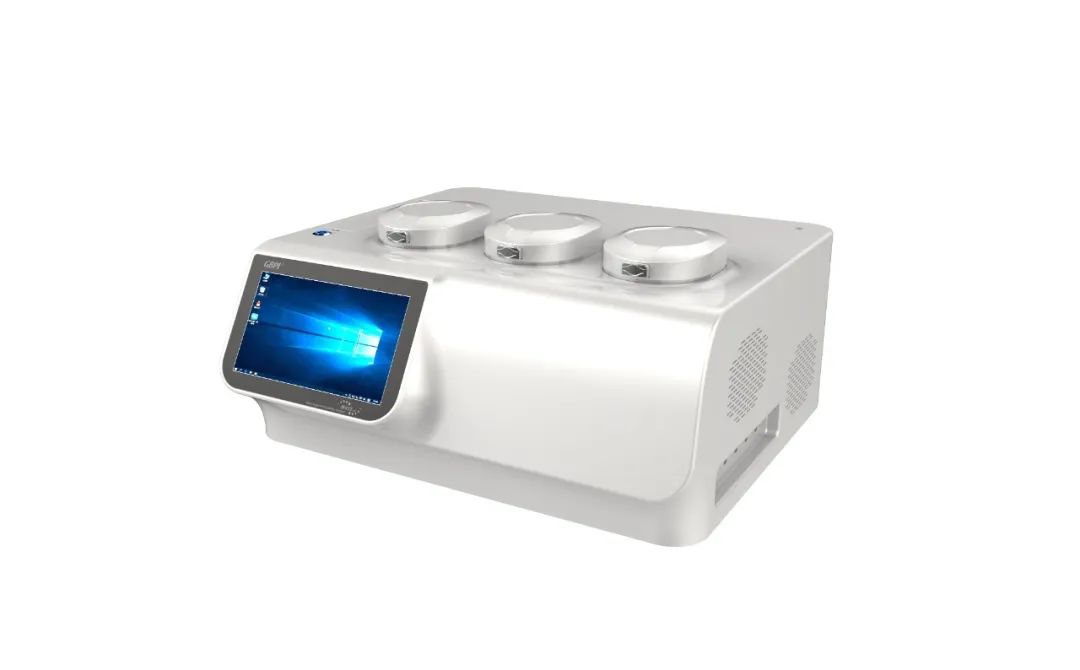 W413 2.0 infrared method water vapor transmission rate tester
W413 2.0 infrared method water vapor transmission rate tester
Detection of packaging plastic film water vapor transmission rate (amount) of three different principles, and each has its own advantages and disadvantages, but as long as the regular use of standard film to calibrate the sensor method of instrumentation, the measured data and weighing method is consistent, according to their own needs to choose.

 info@gbtest.cn
info@gbtest.cn



 en
en ru
ru es
es ar
ar

